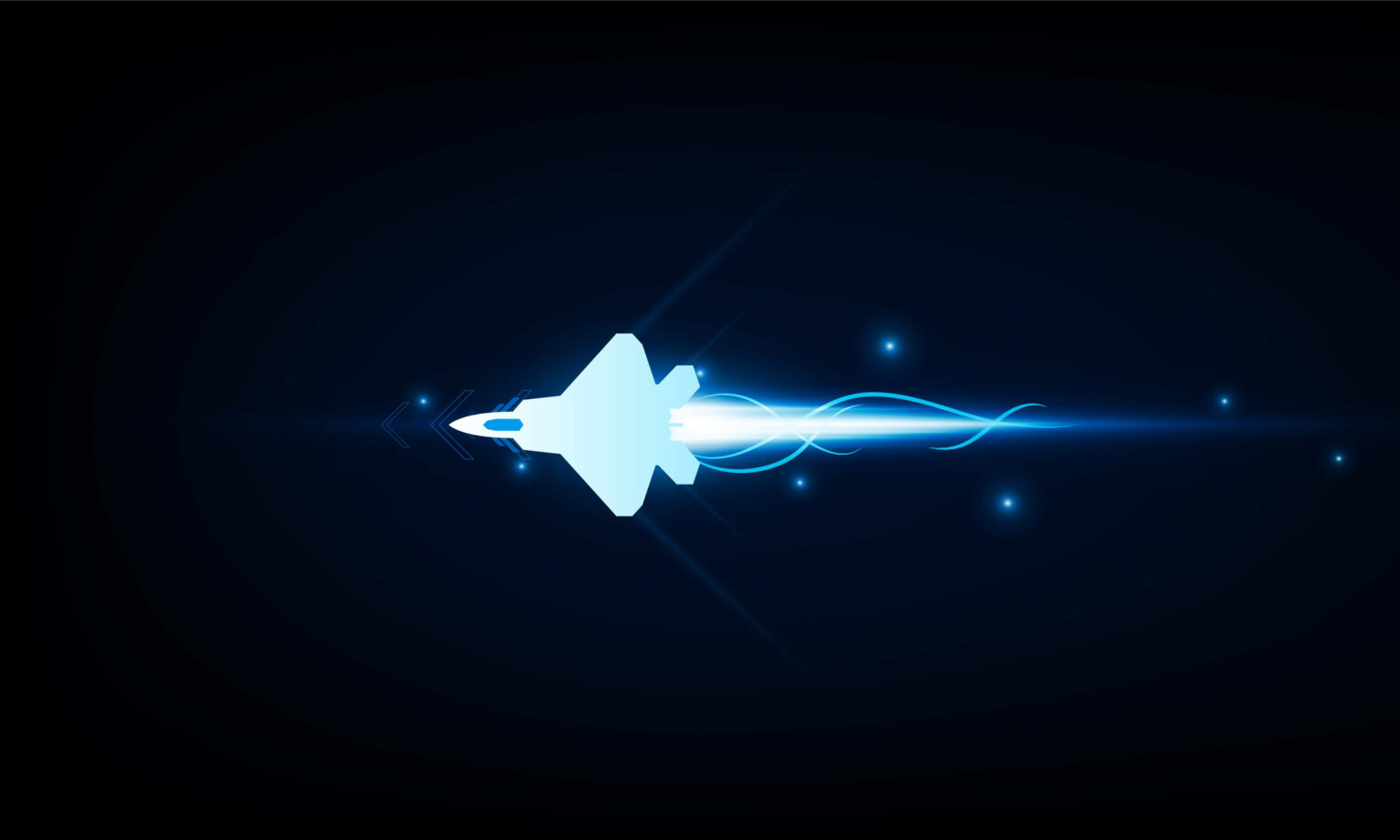THE WATCH STAFF

The leadership of the United States Air Force is delivering a unified message: The U.S. can maintain air superiority over its potential adversaries through modernization — especially when it comes to the next generation of combat aircraft.
Senior leaders also agree on their top challenger: China.
U.S. Air Force Chief of Staff Gen. Charles Q. Brown Jr., speaking at the National Press Club on August 6, 2021, warned that Beijing could overcome U.S. air superiority by 2035. Brown, whose remarks were broadcast by the U.S. television network C-SPAN, said the Air Force can hold on to its competitive advantage by keeping pace with China.
“They cut the less-relevant parts of their (air) force to invest in the part of the force they need to gain an advantage,” he said. The U.S., Brown said, can take a similar approach.
More recently, U.S. Air Force Secretary Frank Kendall echoed Brown in his first public speech by sending a message to Congress: The military aircraft in your district are not exempt from retirement, Defense News reported in a September 20, 2021, story.
Instead of spending significant funds on sustaining aging aircraft, the Air Force wants to free up that money for new ones — such as the fighter envisioned for its Next-Generation Air Dominance program (NGAD). That sixth-generation aircraft, which is expected to replace the F-22, is being designed purely for air dominance. (Pictured: Concept artwork of the NGAD fighter was contained in the Air Force’s Fiscal Year 2019/2020 Acquisition Biennial Report released April 9, 2021.)
The NGAD is described as a “family of systems” that provides the Air Force with air superiority, but its centerpiece will be a fighter aircraft. Other parts of the system are likely to be unmanned escort aircraft, according to a June 16, 2021, story in Air Force Magazine.
Kendall, speaking at the Air Force Association’s Air, Space and Cyber conference on September 20, 2021, said it’s imperative for lawmakers to approve retirements of “aircraft that we no longer need and that do not intimidate China,” according to Defense News.
A prototype for the NGAD fighter has been designed, built and flown, according to a Defense News story published September 14, 2020, and based on confirmation from Dr. Will Roper, then-Air Force assistant secretary for acquisition, technology and logistics.
U.S. Air Force Lt. Gen. Clinton S. Hinote, deputy chief of staff for strategy, integration and requirements, told Air Force Magazine in a May 13, 2021, story that he estimated the F-22 will begin to phase out in 2030 and the NGAD will be needed soon to defeat a Chinese stealth aircraft and missile threat that is “closer than we think.”
The NGAD concept calls for rapid turnover in technology — when one is about to be deployed, the next version will already be in design, if not development, according to the Air Force Magazine story. Hinote said the NGAD timetable will be “event driven,” but he doubts it will be 10 years before it is in service.
Still, Gen. Mark Kelly, the leader of the Air Force’s Air Combat Command, told reporters at the Air, Space and Cyber conference that he’d like to see faster development of the NGAD fighter, according to a September 22, 2021, story in National Defense magazine.
“I would like to have more of a sense of urgency and a whole-of-nation effort towards it,” he said, likening it to the Manhattan Project that developed the atomic bomb, according to Defense News.
The U.S. has committed to maintaining fifth-generation fighters such as the F-22 and F-35 amid the rapid evolution of the combat aircraft by China and Russia, which reportedly are also working on sixth-generation fighters.
In his Press Club speech, Brown noted the slow pace of change in the Air Force. When he was commissioned in 1984, Brown said, the U.S. was developing a new fighter every 2 1/2 years. Only four fighters have been developed since then, he said.
There is an urgency to finding the “right mix” of capabilities that doesn’t rely on maintaining a sizable fleet of legacy aircraft, Brown said.
“I’d rather have a smaller capable force than a larger, hollow force,” he said.
Brown said that U.S. airpower has an unmatched legacy of success that is his mission to advance: It “has become as reliable as the breath you just took. You don’t think about it. You count on it, and you can’t live without it.”
IMAGE CREDITS: U.S. AIR FORCE

